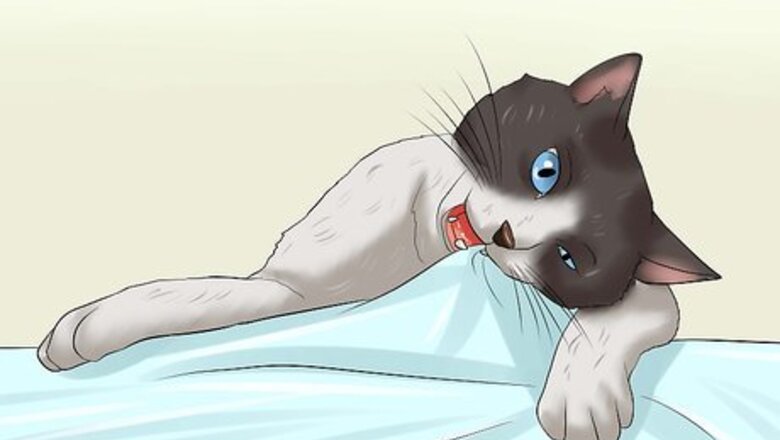
views
Identifying Reasons Cats Chew
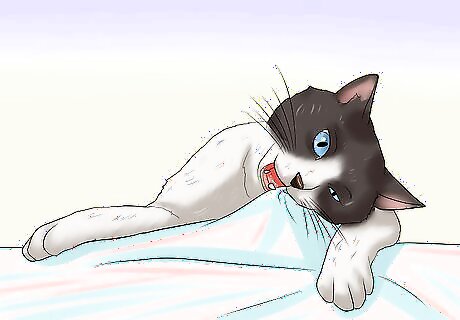
Look for signs of compulsive chewing. A compulsion is an irresistible need to perform a certain behavior. In cat’s, the most common compulsive behaviors are wool or fabric sucking/chewing or excessive hair licking/chewing—also called psychogenic alopecia. This most often occurs when a cat is stressed or frustrated by something out of its control. In kittens that are weaned too early, this can become a problem when they become adults. Generally a kitten should not be weaned from its mother before eight weeks of age. Oriental breeds of cats are more likely to develop a compulsive chewing problem. Cats that are experiencing stress—such as moving to a new home or a new baby in the house—are also more at risk to develop a compulsive chewing problem.
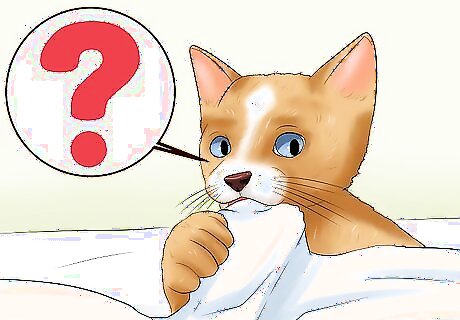
See if the chewing is tied to playful behavior. Not all chewing is the result of a compulsive behavior. Young kittens and some adult cats may just be curious and adventurous enough to start chewing on things they shouldn’t. While it may be cute at first, this can be extremely dangerous if a kitten bites into an electrical cord or pulls a heavy object down on itself. Boredom can also cause a cat to chew.
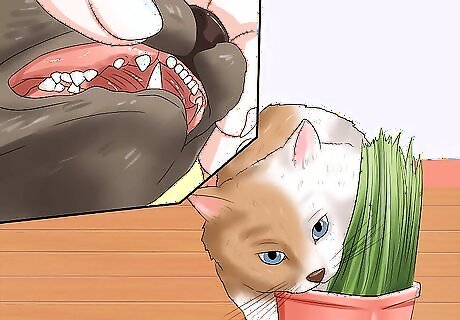
Look for any associated medical conditions. Some chewing starts as the result of a medical condition, such as fleas, allergies, food intolerance, or an unhealed wound. Dental disease or mouth sores may also cause a cat to chew on objects. Even a behavior like chewing on a plant can have an associated medical explanation. Indoor cats especially with few grasses in their diet may simply chew on plants because they’re craving greens.
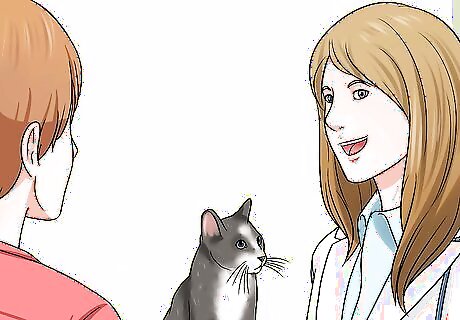
See your veterinarian. Before any diagnosing the reason behind any chewing behavior, your veterinarian should perform a thorough medical examination, especially on an adult cat that has recently started this behavior. Once your veterinarian has a diagnosis for the chewing behavior, then he or she will help you form a proper treatment plan.
Controlling the Chewing Behavior
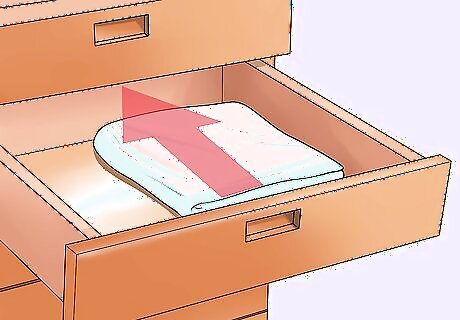
Keep items the cat wants to chew out of its reach. This could mean putting clothing or fabrics into a closed closet, placing items on an unreachable shelf, or keeping the cat out of the room where you keep the chewed object. If the cat has a problem with chewing electrical cords, then try placing a cord protector a rug, or even tape over the cords.
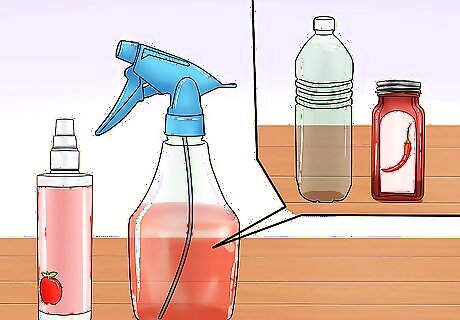
Use bad-tasting deterrents to stop the chewing. Some common solutions are bitter apple spray (a commercial preparation) or cayenne water (water with cayenne pepper in a spray bottle). Always spot test the object you want to spray to make certain the spray doesn’t damage it.
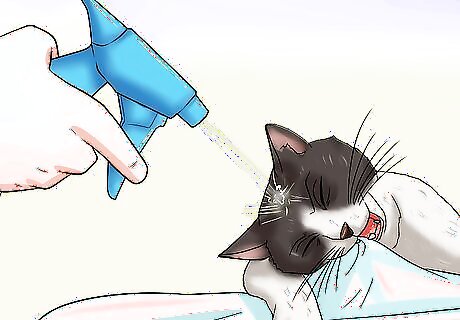
Use a spray bottle or small squirt gun with water in it to deter the cat. If you catch your cat chewing an object, immediately spritz the cat. Your cat will only associate the act with the negative consequence if you spritz the cat as it chews the object. If you can’t reach the spray bottle before the cat stops chewing, keep it next to you and wait until the next time the cat exhibits the behavior. A strong “no” at the same time will also help the cat learn that word.
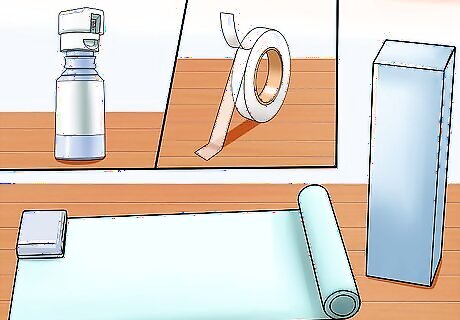
Booby trap the object. Since you can’t always be around with a spray bottle to deter the cat, you can set up a “trap” to deliver the negative consequence for you. For instance, you can place double-sided tape around the object. Cats detest the feel of sticky tape and will concentrate on that instead of the object. You can also look into products that deliver a repellant spray via a motion sensor. Another option is to place the object on a “scat mat,” which is a product that delivers an electrical tingle into the cat’s paws when it steps on it.
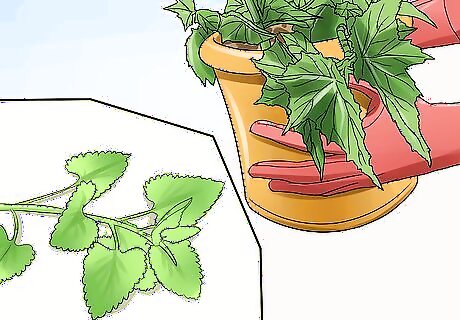
Replace plants in the area with cat-friendly options. If a cat is chewing on a houseplant, it may enjoy the texture of the plant and want greens to chew on and eat. Remove the chewed plant from the area and replace it with a more-appropriate option, such as oat grass, catnip, or catmint. Make sure you especially move plants that would be toxic for the cat to chew. Some common examples include caladium, dumb cane, English ivy, lilies, mistletoe, oleanders, and philodendrons.

Ask your veterinarian about medications. If none of the behavior-modification techniques help, then consult your veterinarian. Certain medical conditions, such as the cat chewing its own fur, may need to be treated with mood-altering drugs.
Providing Enrichment to Reduce Boredom Chewing
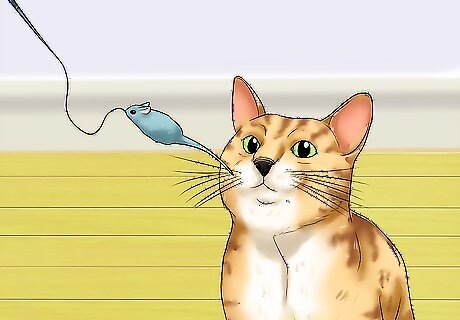
Play with your cat more. Since boredom can be one of the causes of chewing, try spending a little more time playing with your cat. With some additional stimulation, the cat might forget about the chewing altogether. Try distracting your cat with dangling toys, a laser pointer, or other favorite toys. Teach your cat recall behavior. When you see your cat going over to chew on something, call them over to you.
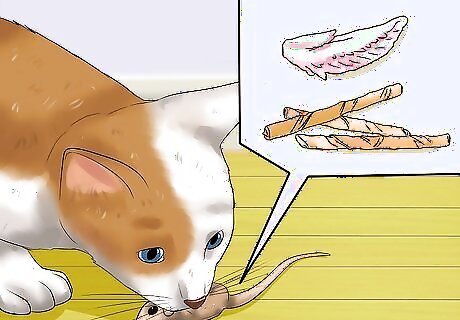
Give your cat appropriate objects to chew. Thin pieces of rawhide, toy mice, or food puzzle toys will help occupy your cat’s time. An old bath towel or large stuffed toy can be a fun chew toy for certain cats. An uncooked chicken wing tip (the rubbery portion) may be appropriate for some cats as well. If you give the cat a chicken wing, ensure that it’s uncooked since the cooked bones can splinter and cause complications if ingested. Always supervise your cat when allowing it to eat chicken wings or rawhide.
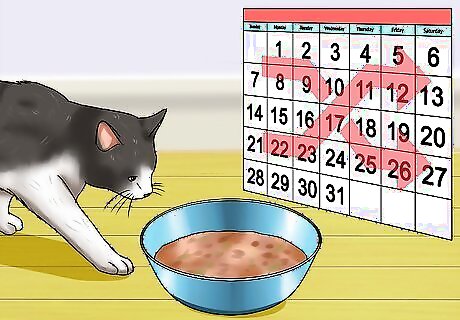
Change your cat’s feeding schedule. Feed small, frequent meals in various places. Use food puzzles that provide enrichment and stimulation for a cat that chews out of boredom or stress.
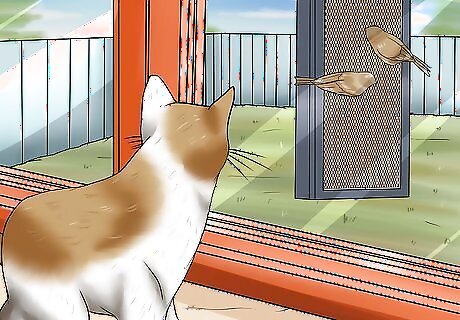
Mount bird feeders outside the window. Most cat owners know that cats can spend hours staring outside the window if the surroundings are exciting enough. Place a bird feeder (or even a squirrel feeder) outside an available window. The cat will be too enthralled with what’s going on outside to chew. Providing perches, cat towers, or similar items in strategic places will help your cat get a better view out the windows, and the cat furniture itself is another form of enrichment, especially if you buy one with dangling catnip toys.
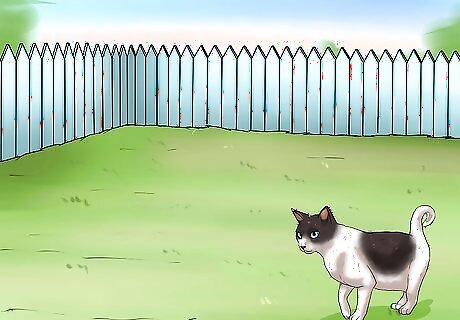
Consider taking your cat outside in a secure way. Don’t simply open the door and let an indoor cat roam free, but supervised time on an enclosed patio or in a fenced backyard is also enriching for your cat. Even just a few minutes outside chewing on some regular grass can prevent your cat from chewing once back indoors. If you don’t have access to an enclosed outdoor space, you can also use a harness and a leash for your cat when playing outdoors.
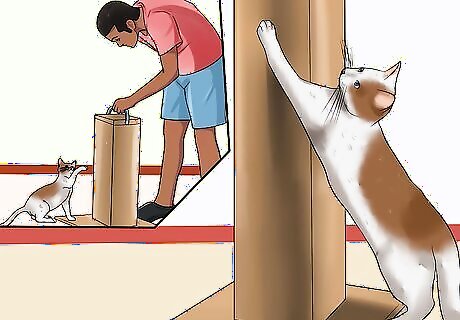
Divert your cat’s attention with other solo activities. You can’t always be around to play with your cat or supervise it outdoors. The more solo activities you leave for the cat to occupy itself with, the more confident you can be that your cat isn’t chewing when you aren’t around. Consider providing: A scratching post or cardboard scratch pads. You can also sprinkle the post or pads with catnip to make them even more irresistible to your cat. Dry treats hidden around your home. By hiding treats in a few different rooms that are accessible to the cat, you can ensure that your pet stalks around these rooms searching for the treats rather than spending time getting bored and chewing on something it shouldn’t.

















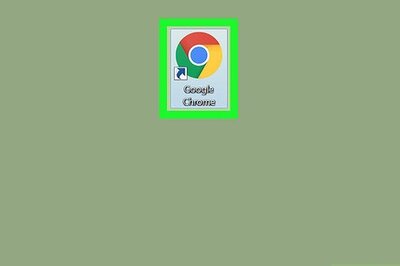


Comments
0 comment